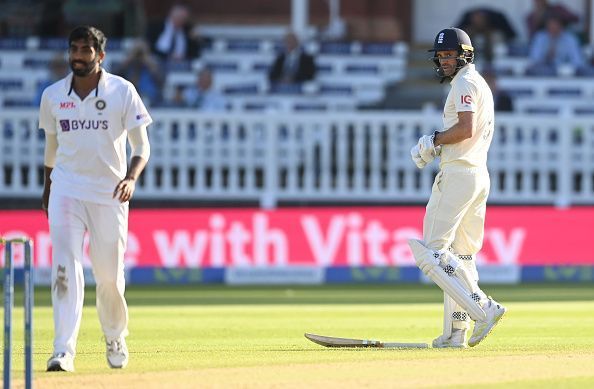
All is fair in love and war, so what are we questioning bouncers for?
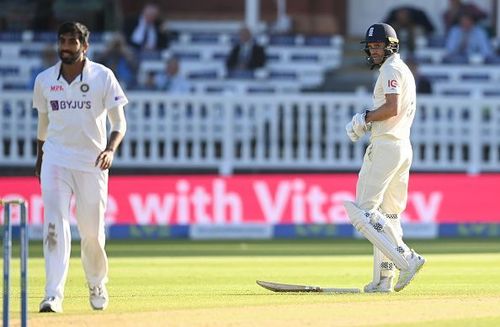
Shabnim Ismail, Alice Capsey, Mason Crane, Tabraiz Shamsi and Jasprit Bumrah. If you were in grade school and your teacher was particularly exacting, you may have been asked to name the odd one out. And if you didn't know your cricket, you'd be more lost than a marble on the glorified Lord's slope.
So what's the answer? Well, Ismail, Capsey, Crane and Shamsi used The Hundred's unconventional rules to deliver ten balls in a row on August 14 at The Oval.
25 minutes away, at the Home of Cricket, Bumrah did too. But in white clothing. In an unforgiving format that is supposedly breathing its last. With a red ball which seemed to be colored so as a symbol of Bumrah's thirst for Jimmy Anderson's blood.
Bumrah had bowled 24 wicketless, tiring overs. He had been brought in to clear up the tail. Joe Root was batting on a chanceless 170 at the other end.
A few days earlier, at Trent Bridge, Bumrah had shattered Anderson's stumps to wrap up the innings. He had also dismissed Root, shortly after the England skipper had reached three figures for the 21st time in Test cricket.
The next 10 balls saw Anderson - chest pad, arm guard and all - enter the innermost chamber of Bumrah's house of horrors. The veteran pacer's 626-wicket Test career threatened to meet a premature end as Bumrah launched an all-out attack on his helmet, ribs, fingers and his very soul.
Anderson has made a career out of enduring. Michael Clarke intimidated him by asking him to anticipate a "broken f*cking arm". Shaminda Eranga dismissed him with a vicious bouncer when he needed to block out two balls to save a Test match. None of these incidents have caused him as much pain as the myriad of injuries he has braved over 19 years at the top level.
But Anderson ran out of chancey blocks and jumping dodges when Mohammed Shami zoned in on his stumps off the last ball of the day. He groaned audibly as he heard timber and gave the Indians a piece of his mind while walking off.
Anderson lived to fight another day - in his cricketing career, if not quite literally in the Test match. He will continue to wage a war that is the very foundation of the game of cricket, a war in which risk is inevitable. Bat vs ball.
You can duck bouncers, but not the fact that they are an essential part of cricket
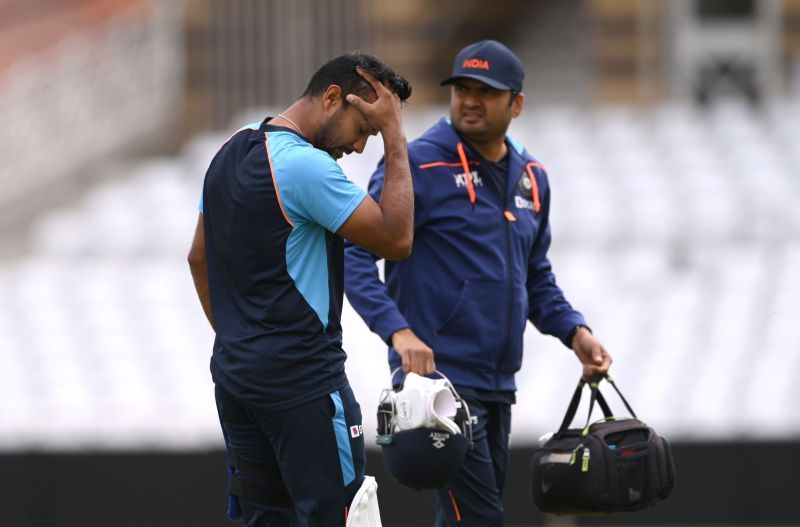
The primary argument behind stating tail-enders shouldn't be targeted by a barrage of bouncers is that they aren't equipped to deal with what is being thrown at them. They simply don't have the skills to counter bouncers, putting themselves in immense danger each time they are at the crease.
Where do you draw the line? 1.22 meters from the stumps, if we're speaking literally. But how do you objectively decide that a batter isn't capable enough to face bouncers? And how is a bowler supposed to relinquish one of the biggest weapons in his arsenal, with so much at stake, when his sole objective is to send the batter back to the pavilion using any means possible?
Jimmy Anderson certainly isn't capable of playing quality short balls. One look at him is enough to tell you that he shouldn't be anywhere near the crease when the ball is pitched 11 yards in front of him. But it isn't as cut and dry with other tail-enders, and even pure batters for that matter.
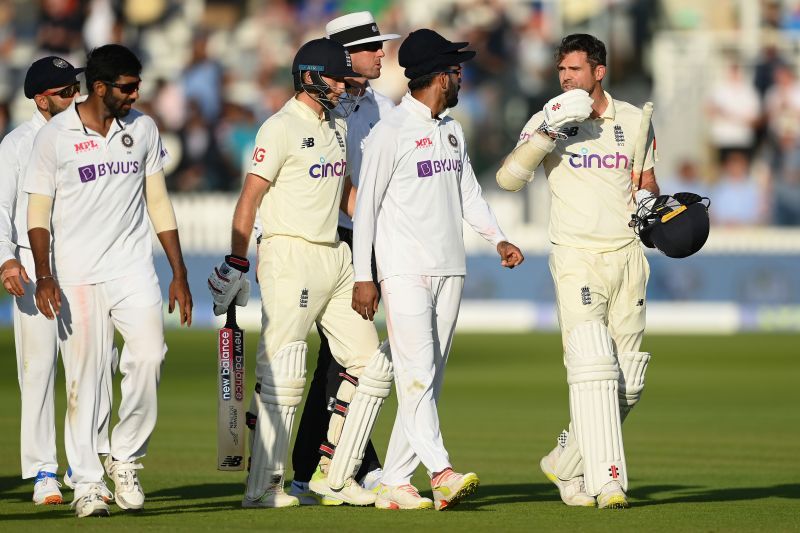
The ultimate judgment could rest with the team, who know their batters better than anyone else on the planet. The opposition, or any other governing body in cricket, cannot take a call on whether a batter is "good enough" to play short balls. The final decision should rest with the captain and the support staff.
In the absolute worst-case scenario, if a team feels their lower-order batters are walking a tightrope, they could easily ask the concerned party to sacrifice their wicket. Or at the very least back away and give the bowlers a free path to the stumps, for only a genuine psychopath would bowl bouncers then.
Would that be embarrassing? Maybe. But if we're sticking to the "safety comes first" theme, shouldn't we banish the stigma surrounding being unwilling to pad up and take a few blows?
It'll probably never happen, though. There's simply too much on the line, and bowlers are mostly too proud to admit when they are entirely hopeless with the bat.
Tail-enders have no way on knowing when a bouncer is coming. They might have ended up facing a 125-kmph length ball they would've hit out of the park without batting an eye. They might have squirted a wide ball for four through the slips, or top-edged a bumper for six over the keeper. Runs that would've been match-defining.
Strangely, according to the laws of cricket, the umpire has the right to consider "the skill of the striker" while deciding whether short-pitched bowling is admissible. The official MCC rulebook, under Law 41: Unfair Play, says:
"The bowling of short pitched deliveries is dangerous if the bowler’s end umpire considers that, taking into consideration the skill of the striker, by their speed, length, height and direction they are likely to inflict physical injury on him/her. The fact that the striker is wearing protective equipment shall be disregarded."
Do we ever see the umpires step in? This is another aspect of the bouncer debate that must be scruitinized, but it's tough to expect the umpires to take into consideration the opinions of both sides while making a quick decision on the field. If the batter, bowler and their respective teams are okay with it, should the umpires have a say in it at all?
Restricting bouncers will also take the sheen off other deliveries and setups. If Varun Aaron hadn't bowled a bumper to Moeen Ali in Manchester in 2014, would the Englishman have missed the ensuing inswinger? Even if we exclusively talk about tail-enders, isn't Anderson going to block relatively comfortably if he knows the ball is going to pitch in his half of the strip?
Unpredictability makes bouncer laws an impossible subject to approach
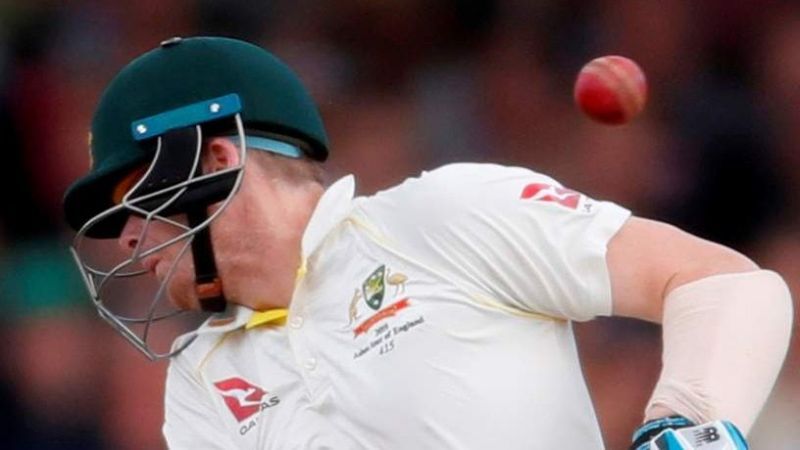
Steve Smith and Pat Cummins have defended bouncers being bowled to tail-enders, and both Aussies have every right to voice their opinions on the matter.
While Smith spent a considerable amount of time on the sidelines after being terrorized by Jofra Archer in the 2019 Ashes, incidentally when he was the best Test batter in the world, Cummins is primarily a bowler.
Interestingly, Cummins has a history of hitting batters on the helmet. Dimuth Karunaratne, Jos Buttler, Mohammed Shami, Cheteshwar Pujara and everyone's favorite punching bag, Jimmy Anderson, have all been rattled by the Aussie pacer. Shami suffered a broken arm and was ruled out of the series, weeks after the Indian quicks had unleashed bouncers on Australia A's lower-order batters.
These are just a few instances that have sparked wide debate in cricketing circles. But the key point to note is that it goes both ways. Take the example of the Indian team, who can name every engraving on both sides of the bouncer barrage coin.
When Shami broke his arm, complaints arguably shouldn't have been raised. And when Anderson was hustled and harried at Lord's, the ground at which he has tormented batters in less physically dangerous ways, they shouldn't have been either.
When Mark Wood ignored an injured shoulder to bowl some heat at India's tail, Bumrah had a sheepish smile on his face that masked the steely resolve in his heart. He never meant to injure Anderson; he was almost apologetic at the end of Day 3. And when Wood vs Bumrah took centrestage, the crowd at Lord's was dancing to the tune of Wood's chin music. Red-ball theater at its absolute best.
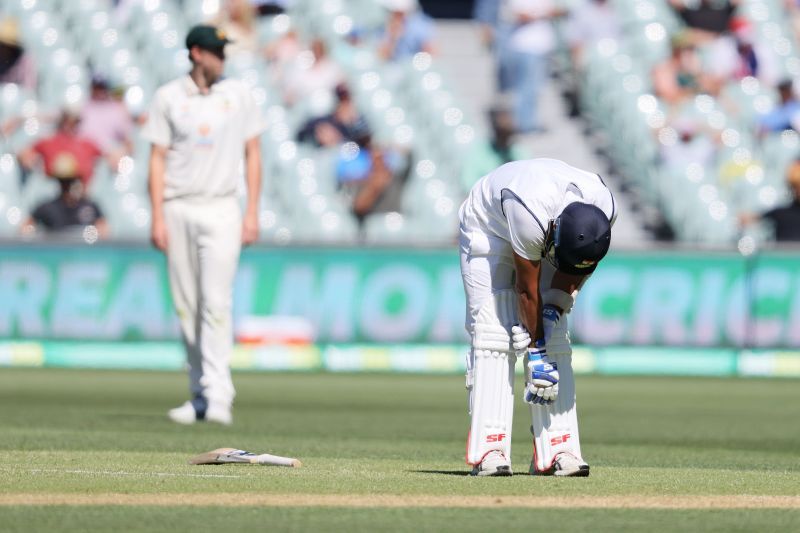
Safety does come first, and head injuries are no joke. Just ask Faf du Plessis, who has been out of action since being involved in a sickening collision during the second week of June. But the unpredictability of it all makes it an extremely tricky subject to approach.
Mayank Agarwal has been a top-order batter all his life. He was on the verge of making a comeback to the Indian Test team. But after a blow to the head, in a supposedly harmless net session, he saw his opening slot devoured by close friend KL Rahul. Who could've seen that coming?
Are bowlers more susceptible to being hit on the helmet? From a strictly technical perspective, sure. But all possible scenarios must be taken into account, and pure batters being hit on the head is just as dangerous - if not more dangerous, since bowlers generally bowl a greater proportion of their bouncers to those they think can handle them.
So do we outlaw bouncers altogether? Neil Wagner has announced his retirement with immediate effect. Of course not, as the MCC mentioned in their release earlier this year. The 14-man committee, involving greats of the game like Ricky Ponting and Shane Warne, "unanimously" declared that it is impractical to ban short-pitched bowling.
Later this year, the MCC will convene to discuss whether the existing rules that govern short-pitched bowling need a rethink. If the MCC declares that tail-enders need more protection, they will submit an official proposal to the ICC, who will then weigh up the pros and cons of the idea.
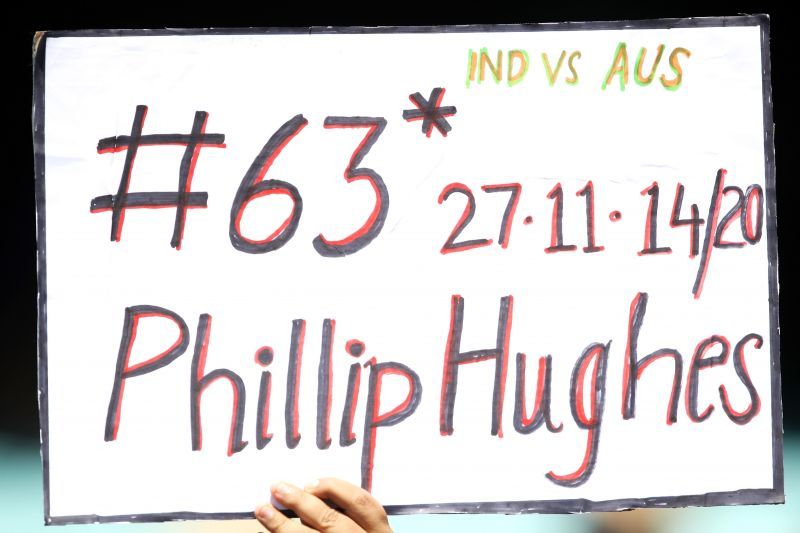
Cricket is a dangerous sport, but tragedies like the Phil Hughes incident have thankfully been few and far between.
The helmet was invented 43 years ago. In almost half a century of cricket at the top level, massive advancements have been made to preserve the safety of the players. Modified helmets, extensive concussion tests and concussion substitutes are staples of cricket at this point in time.
We must be relentless in our pursuit of safety, but not at the cost of one of the tenets of the sport. Diluting the bat vs ball battle, even if only for those whose primary skill involves leather and not wood, will be like dragging a key across a brand new car in the name of design. With the finish line just a few short and admittedly labored steps away, we can't pull out of the marathon.
Maybe - just maybe - it's time to look at what we can do to improve the structure of helmets even further, or devise new strategies to counter short-pitched bowling, instead of curbing one of the most exhilarating aspects of the sport.
All is fair in love and war, and cricket at the top level is war. Why, then, are we questioning bouncers?